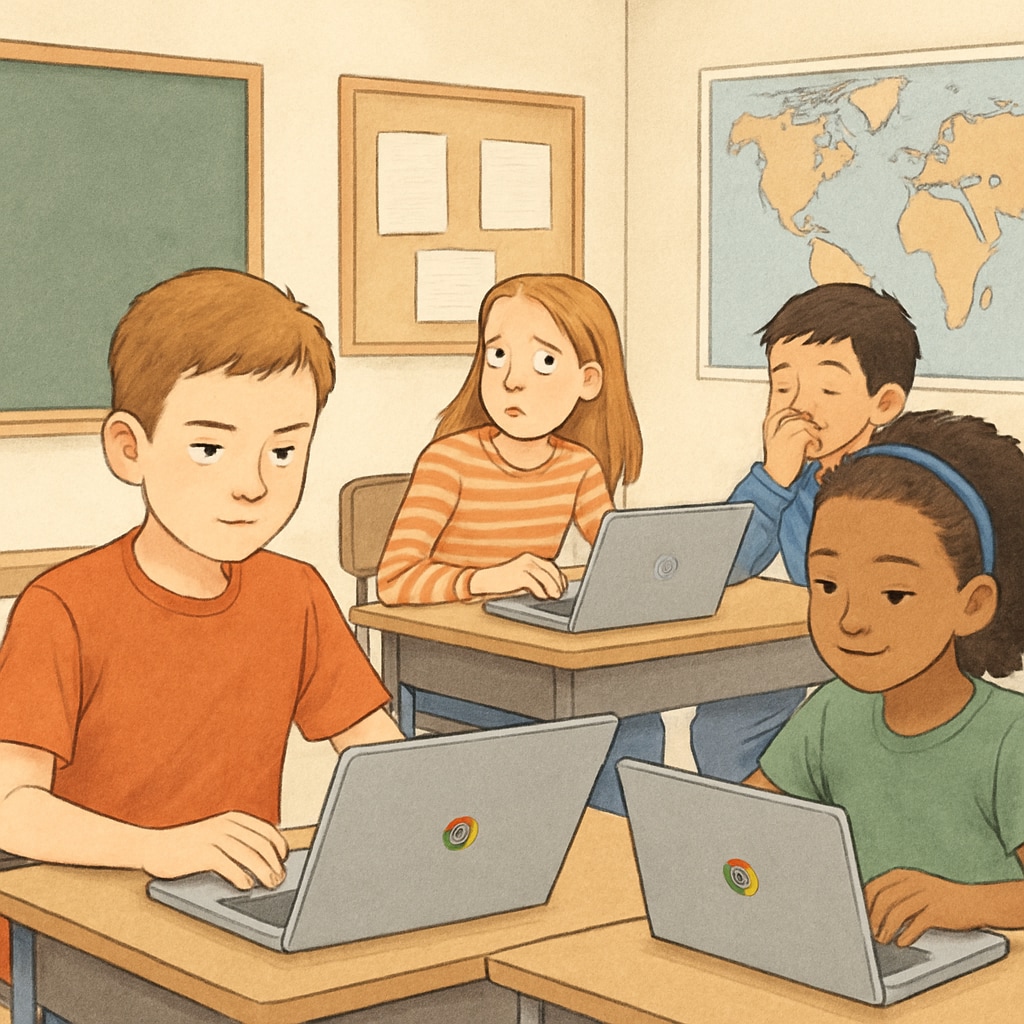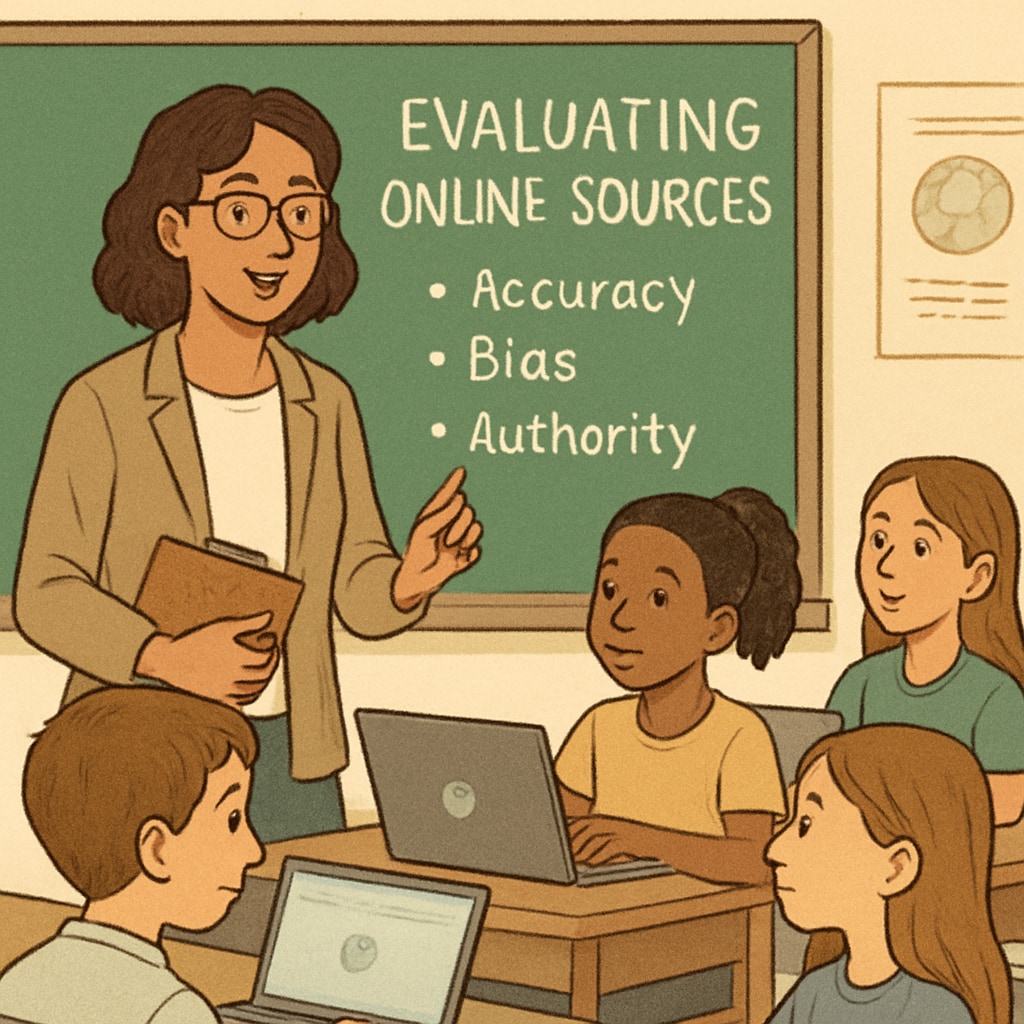The integration of educational technology, such as Chromebooks, into classrooms has revolutionized learning. These devices streamline teaching processes, making lessons more interactive and accessible. However, this technological efficiency raises an important question: Is the over-reliance on tools like Chromebooks compromising children’s ability to develop critical thinking skills? As traditional teaching methods give way to tech-driven instruction, educators must carefully balance efficiency with the cultivation of deeper cognitive abilities.
Understanding the Role of Technology in Education
Educational technology, including Chromebooks, has undeniably transformed the learning landscape. These tools offer a host of benefits: instant access to information, personalized learning apps, and interactive classroom environments. For example, students can quickly research information or collaborate in real-time using cloud-based platforms. Teachers, on the other hand, can automate grading and track progress with learning management systems.
However, while such innovations save time and enhance engagement, they may also inadvertently foster a dependency on ready-made answers. Without proper guidance, students might prioritize speed over depth, which poses a significant risk to their critical thinking development. Critical thinking—the ability to analyze, evaluate, and synthesize information—is a skill that requires deliberate practice and cannot be fully automated.

Chromebooks: A Double-Edged Sword for Cognitive Growth
Chromebooks are celebrated for their efficiency, but their impact on cognitive development is more nuanced. On one hand, these devices encourage collaboration and problem-solving through digital tools. On the other hand, they may discourage independent thought if students rely too heavily on preloaded templates, search engines, or AI-generated solutions.
For instance, while writing essays, students might use built-in grammar tools or AI suggestions to refine their work. While these features improve accuracy, they can also limit opportunities for students to grapple with language nuances independently. Similarly, in subjects like math, pre-programmed calculators can solve equations instantly but may prevent students from fully understanding underlying principles.
To mitigate these risks, educators must ensure that technology is used as a supplement rather than a substitute for critical thinking exercises. For example, teachers can design activities that require students to apply their digital research skills to solve open-ended problems or debate complex issues.

Striking the Balance: Practical Strategies for Educators
Balancing technology efficiency with critical thinking development requires intentionality. Here are some practical strategies educators can adopt:
- Encourage active questioning: Foster a culture of curiosity by asking students to question the validity and reliability of the information they find online.
- Integrate traditional methods: Combine technology with hands-on activities, such as group discussions, debates, and paper-based assignments, to nurture diverse thinking skills.
- Focus on process over results: Reward students for explaining their thought processes rather than just arriving at the correct answers.
- Teach digital literacy: Equip students with the skills to critically evaluate online content, discern biases, and identify credible sources.
By incorporating these strategies, educators can ensure that students benefit from technology without compromising their ability to think critically and independently.
Looking Ahead: Rethinking the Purpose of Technology in Education
As Chromebooks and other educational technologies continue to shape modern classrooms, it is essential to revisit their purpose. Are these tools merely a means to increase speed and efficiency, or should they serve as platforms to enhance deeper learning? The answer likely lies in striking a balance between these objectives.
Ultimately, the goal of education is not just to equip students with information but also to prepare them for complex, real-world challenges. This requires a blend of technological proficiency and critical thinking—a combination that ensures students can adapt to a rapidly changing world while retaining the ability to question, innovate, and solve problems independently.
In conclusion, the Chromebook era presents both opportunities and challenges for education. By thoughtfully integrating technology and emphasizing cognitive growth, educators can create a learning environment that fosters both efficiency and intellectual depth.
Readability guidance: Short paragraphs and lists enhance readability. Key points are supported with examples, and transitions ensure smooth flow. The article uses active voice and avoids jargon, making it accessible to a broad audience.


